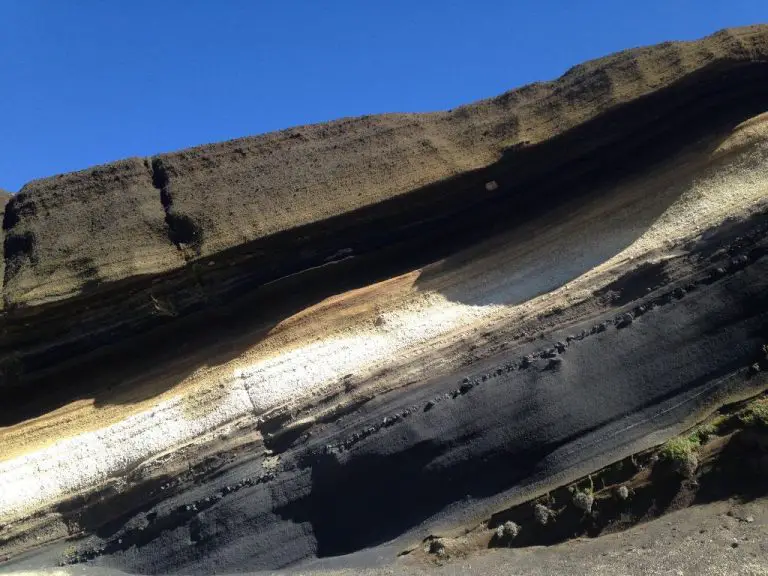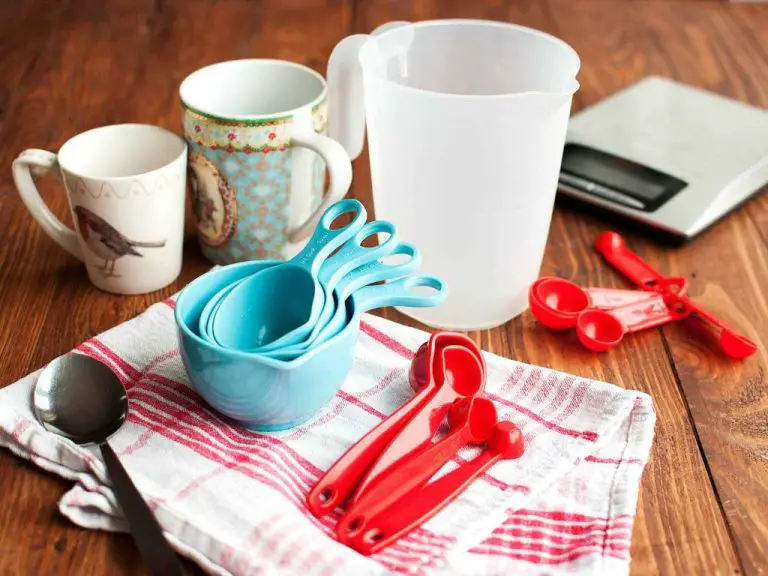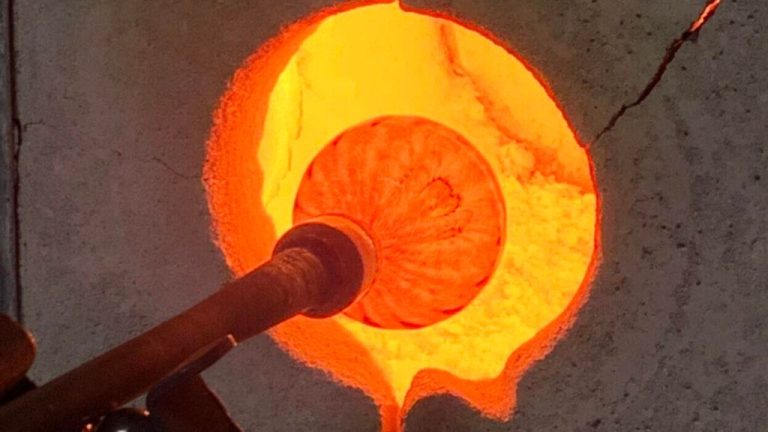Can Foam Clay Dry?
What is Foam Clay?
Foam clay, also known as air-dry clay, is a modeling compound made from clay and a foaming agent. The foaming agent introduces air bubbles into the clay which allows it to harden without being fired in a kiln. Foam clay is lightweight and easy to shape compared to traditional clays. It air-dries at room temperature, typically within 24-48 hours. Some brands can also be hardened in the oven for faster drying.
Foam clay comes in a variety of colors including white, terracotta, gray, brown and more. It has a soft, malleable texture similar to dough. When dried, foam clay becomes hard and maintains its shape, allowing it to be painted, sanded, drilled and decorated. It’s commonly used for arts & crafts, model making, clay sculptures and more. Foam clay is a fun, versatile modeling compound suitable for crafters and artists of all ages.
Does Foam Clay Air Dry?
Most foam clays are designed to air dry naturally without baking. The clay hardens as the water inside evaporates over time. Foam clay does not require any special equipment or additional steps to dry it out.
The drying time for foam clay varies based on the thickness of the clay sculpture and the environment it is drying in. Thinner pieces made with foam clay will dry faster, while thicker sculptures can take a few days up to a week to fully harden. Drying also occurs faster in warmer, drier conditions.
Foam clay dries from the outside in. You may notice the outer surface hardening first while the interior remains soft during the drying process. This is normal. With enough time, the moisture throughout the clay will evaporate fully. Just leave your foam clay sculptures out at room temperature until they have hardened completely.
Tips for Air Drying Foam Clay
When air drying foam clay, there are a few tips to follow for best results:
Sculpt in thin layers for faster drying – Foam clay dries from the outside in, so sculpting in layers 1/4 inch thick or less will allow the clay to dry faster compared to thick, dense sculptures. Let each layer dry fully before adding more clay.
Let dry fully before baking/painting – It’s important to let foam clay dry all the way through before baking or painting it. If moisture is still trapped inside, it can cause cracking or other issues. Let air dried pieces sit for 24-48 hours before decorating.
Keep away from moisture – Since moisture can reactivate and damage foam clay, keep air drying pieces in a dry area out of high humidity. Avoid contact with water until fully cured.
Can Foam Clay Be Oven Baked?
Yes, foam clay can be oven baked to harden it faster than air drying. Baking makes the clay cure and harden more quickly by driving out excess moisture from the clay. Follow the package instructions for proper baking temperature and time. Generally, foam clay should be baked at a low temperature, around 130°F to 275°F, for 10-30 minutes. Baking at higher temperatures or for longer can cause the clay to burn or become brittle.
Here are some tips for successful baking of foam clay:
- Check the package for specific temperature and time recommendations.
- Bake in a conventional or toaster oven, not a microwave.
- Use a thermometer to ensure the proper baking temperature.
- Bake for the minimum recommended time, checking frequently to prevent overbaking.
- Allow the clay to cool completely before handling to prevent softening.
Baking foam clay makes it cure fully so projects keep their shape better. The clay will be lightweight yet durable. With proper baking, foam clay makes an excellent modeling material for decorative objects, jewelry, figurines and more.
Tips for Baking Foam Clay
Baking foam clay requires some care to prevent cracking and ensure it cures properly. Here are some tips:
Bake in thin layers – Foam clay can crack if it’s too thick when baking. Bake pieces that are 1/4 inch or thinner at a time. For thicker pieces, bake them in layers and glue together after.
Let cool completely before handling – Resist the urge to handle foam clay as soon as it comes out of the oven. Let it cool down completely, usually for at least 30 minutes, before touching to prevent cracking or deforming the shape.
Bake foam clay according to package instructions, which is usually 15-30 minutes at 225°F to 275°F. Let the clay cool completely before handling or baking additional layers. With proper baking and cooling, foam clay will cure into a hard, durable material ready for play, crafts and more!
Storing Foam Clay
After you’ve finished working with foam clay, it’s important to store it properly to keep the clay workable for your next project. One of the biggest enemies of foam clay is air exposure, which causes it to dry out prematurely. Follow these tips for best foam clay storage:
First, make sure your foam clay is tightly sealed in an airtight container or wrapping. Any exposure to air can cause drying and hardening of the clay over time. For short term storage, a simple plastic bag with a zipper closure works well. For longer storage, consider sturdy Tupperware or tightly sealed glass jars.
Next, keep your sealed foam clay refrigerated when not in use. The cool temperature of the refrigerator helps slow drying and extends the life of the clay. Simply store your sealed clay in the fridge between craft sessions. Take it out about an hour before you plan to work with it so it can come to room temperature.
With proper sealing and refrigeration, foam clay will keep for many months. If you notice the clay is drying out when you open it, you may need to re-knead it to restore moisture and pliability before your next foam clay project.
Using Dried Foam Clay
Once foam clay has fully dried, either through air drying or baking, it becomes hard and can be used in craft projects just like any other polymer clay. The benefit of foam clay is that it is lightweight even when dried, making it ideal for projects like ornaments, jewelry, and decorative pieces. Here are some ways you can use dried foam clay in crafts:
Foam clay can be painted once it has hardened. Acrylic paints work best on dried foam clay. Paint pens can also be used to add details and designs. Make sure the clay is completely dry before painting to prevent the paint from peeling or chipping off.
The surface of dried foam clay can be sanded to smooth out any imperfections. Start with a medium grit sandpaper and work up to a fine grit for a perfectly smooth finish. Sanding also allows you to shape and contour the clay as desired.
Using a drill, you can drill holes into hardened foam clay to add hardware like jewelry findings or string for hanging ornaments. A low speed is best to avoid cracking the clay. You can also use an awl or skewer to poke holes before threading string or wire through.
To help protect dried foam clay crafts, apply a sealant like polyurethane, mod podge, or even clear nail polish. This will give the clay a glossy finish and help prevent paint from chipping or wearing off from repeated handling.
Troubleshooting Foam Clay
Foam clay can crack or dry out if not properly handled. Here are some common issues and how to avoid them:
Cracking from Improper Drying
If foam clay is dried too quickly, either by air drying or baking at too high of a temperature, it can develop cracks on the surface. Cracking happens because the outer surface dries faster than the inner clay. To prevent cracking, make sure to dry foam clay slowly and evenly.
For air drying, choose a cool, dry spot out of direct sunlight. Flip the clay periodically so it dries evenly. For baking, use the manufacturer’s recommended temperature and bake time. Start with short baking times, checking frequently until you find the ideal time for your particular foam clay.
Drying Out from Improper Storage
Foam clay can dry out and become brittle if not stored properly. Exposure to air causes the clay to lose moisture over time. To prevent drying out, always store foam clay in an airtight container or sealed bag. If properly sealed, foam clay can be stored for many months without drying out.
If your foam clay does start to dry out, there are ways to recondition it. Knead in a small amount of water to restore moisture. Or, knead in a few drops of vegetable oil, mineral oil or clay softener. This will make the clay malleable again.
With proper care when drying, baking and storing, you can avoid the common issues of cracking and drying out. This will keep your foam clay fresh and usable for all kinds of fun crafts and projects.
Foam Clay vs Other Clays
Foam clay is different than other common modeling clays like polymer clay, air-dry clay, and oven-bake clay. Here is how foam clay compares to these other types of clays:
Polymer Clay
Polymer clay is an oven-bake modeling clay that cures when baked at a low temperature. It is very durable, flexible, and smooth. Polymer clay can be expensive and requires baking to cure. It also can’t be thinned with water like foam clay. The main advantage of polymer clay is that it doesn’t dry out when exposed to air like foam clay does.
Air-Dry Clay
Air-dry clay dries and hardens at room temperature. It is inexpensive and accessible. However, air-dry clay tends to crack easily when drying and is not as smooth or flexible as polymer or foam clay. It also takes longer to dry completely. Air-dry clay can’t be revived with water once dried.
Oven-Bake Clay
Oven-bake clay requires baking at high temperatures to cure, similar to polymer clay. It is very durable once baked. However, oven-bake clay can be messy to work with before baking since it contains a lot of water. It is also prone to cracking if not baked properly. Oven-bake clay can’t be rehydrated like foam clay.
Overall, foam clay provides a nice medium between air-dry and polymer/oven-bake clays. It air dries at room temperature but remains flexible when dried. It is also smooth like polymer clay and can be revived with water after drying. The main drawback is that foam clay is not as durable or strong as clays that require baking.
Fun Foam Clay Projects
Foam clay is a fun, lightweight and easy way for beginners and experts alike to create all kinds of unique arts and crafts projects. Here are some ideas for fun foam clay projects for any skill level:
Beginner Foam Clay Projects
If you’re new to working with foam clay, here are some easy beginner projects to start with:
- Clay jewelry – Make earrings, necklaces, bracelets by rolling balls and snakes or cut out shapes
- Mini animals or creatures – Mold simple animal shapes like snakes, turtles, dinosaurs
- Magnets – Make round or square magnets and decorate them
- Ornaments – Create round ornaments and flatten them or cut into shapes
- Decorated boxes – Press clay into boxes, tins or trays and add shapes
Advanced Foam Clay Projects
Once you’ve mastered the basics, try your hand at some more advanced foam clay projects such as:
- Figurines – Make little people, animals or fictional characters
- DIY stamps – Cut custom shapes and use to stamp patterns
- Mini food – Use clay to create tiny realistic or decorative food items
- Dioramas – Build complete 3D scenes in trays or boxes
- Wreaths – Shape and mold clay into decorative wreaths
Check out in-depth foam clay tutorials online for step-by-step instructions and tips on completing any kind of project you can imagine with this fun, creative medium!




